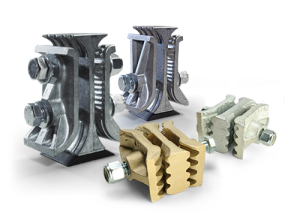Respiratory hazards can take many forms in various industries, ranging from gases to vapors. Exposure to these can make you sick or even kill you, so inspecting your respirator is critical to ensure it works properly and provides the necessary protection. Regular inspections, whether you use a disposable or reusable mask, help identify any defects or damage that could compromise its effectiveness.
Here’s a guide to inspecting your respirator, whether it’s disposable or reusable:
Visual inspection
Inspect your equipment before and after each use for signs of tears or deformation on the mask. Look for signs of wear, stretching, or breakage on the straps. Check the facepiece of reusable masks for cracks, scratches, rippling or distortion on the edges, or other damages. The metal nose piece of disposable masks must maintain its shape to provide a proper seal. Disposable mask filters must be securely attached with no visible signs of damage and no discoloration noted in the filters. The proper filter element must also be used to ensure it is appropriate for workplace hazards. Reusable mask filters should be current and well-fitting, with no visible damage on the cartridges. Examine the inhalation and exhalation valves and the valve seats for dust or dirt that could cause an improper seal.
Seal check
Once you’ve put on the mask, perform a positive and negative seal check. This is accomplished by deeply inhaling and exhaling while covering the inhalation and exhalation valves, respectively. When you inhale deeply, the respirator should slightly collapse. When you exhale, it should bulge slightly without any air leaking. This would indicate that a proper seal exists; if not, some adjustments to the mask should be made.
Always follow the manufacturer’s instructions and guidelines for your specific respirator model, and replace it if its integrity is in doubt.
These are just a few things to look for when inspecting your respirators. For more information, contact KC Supply Co. today.



